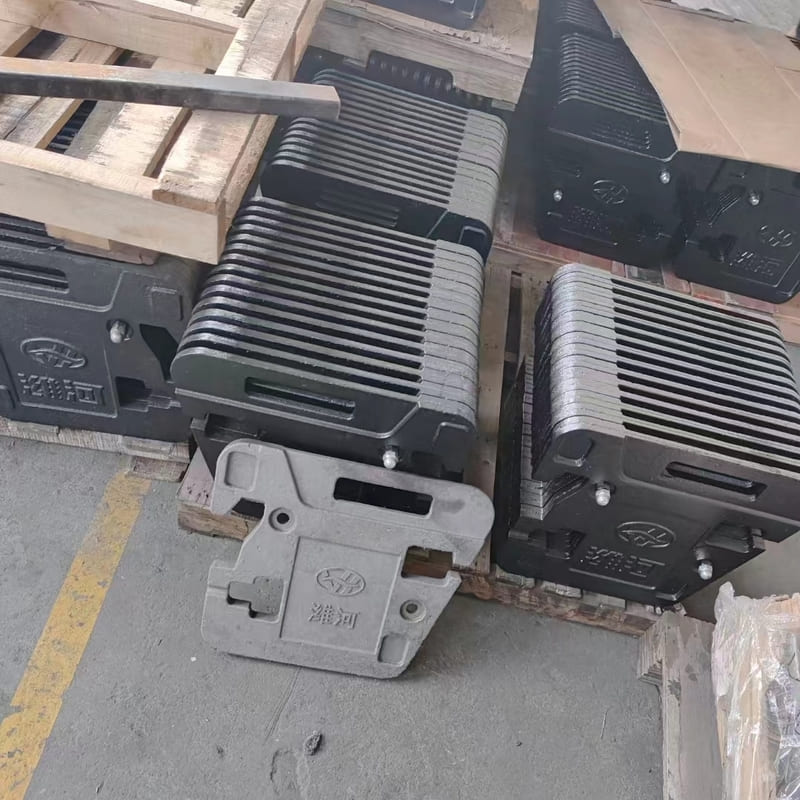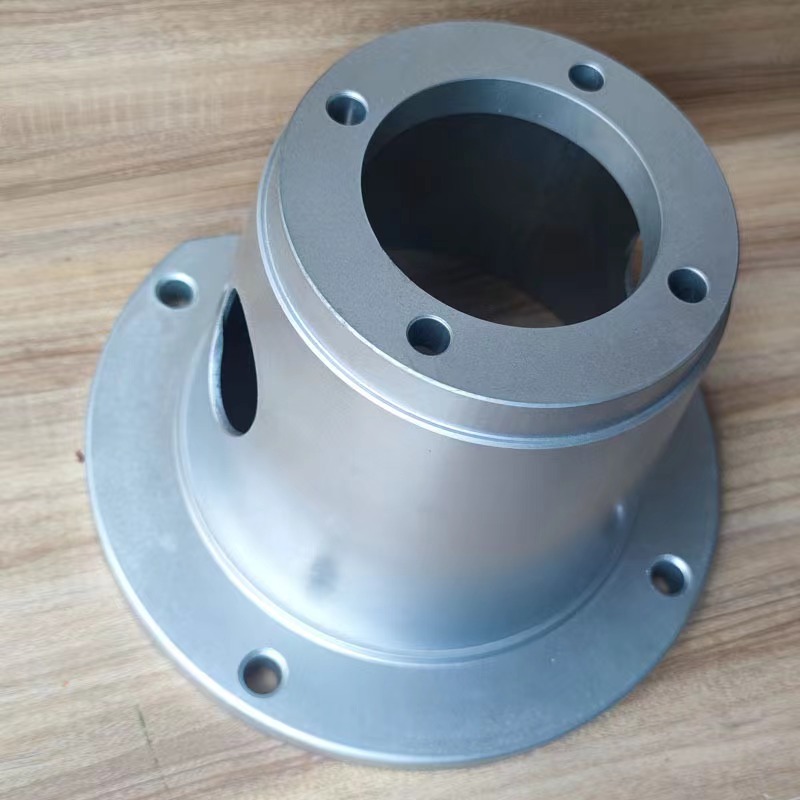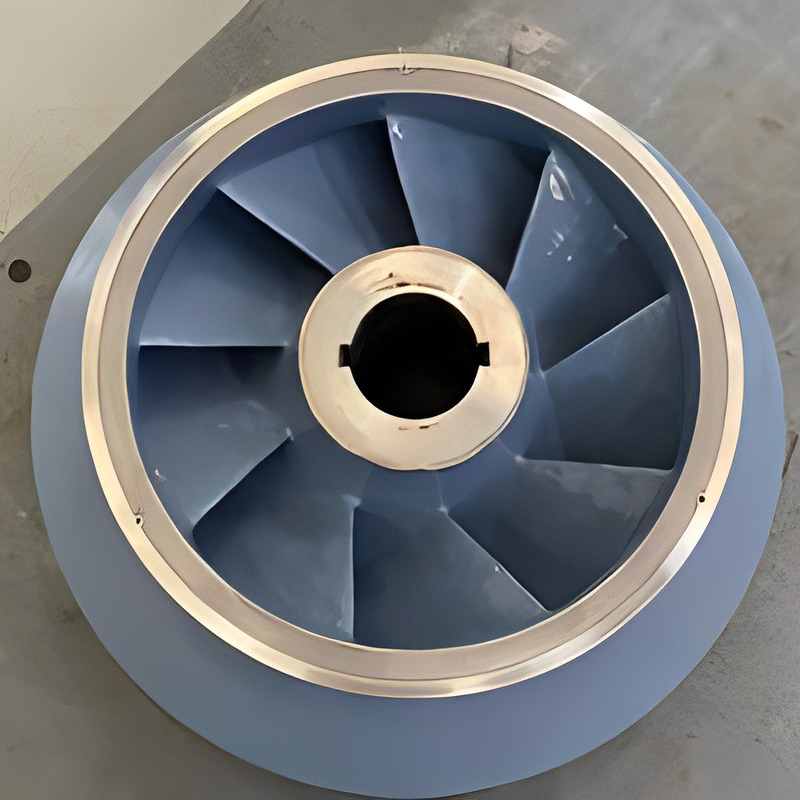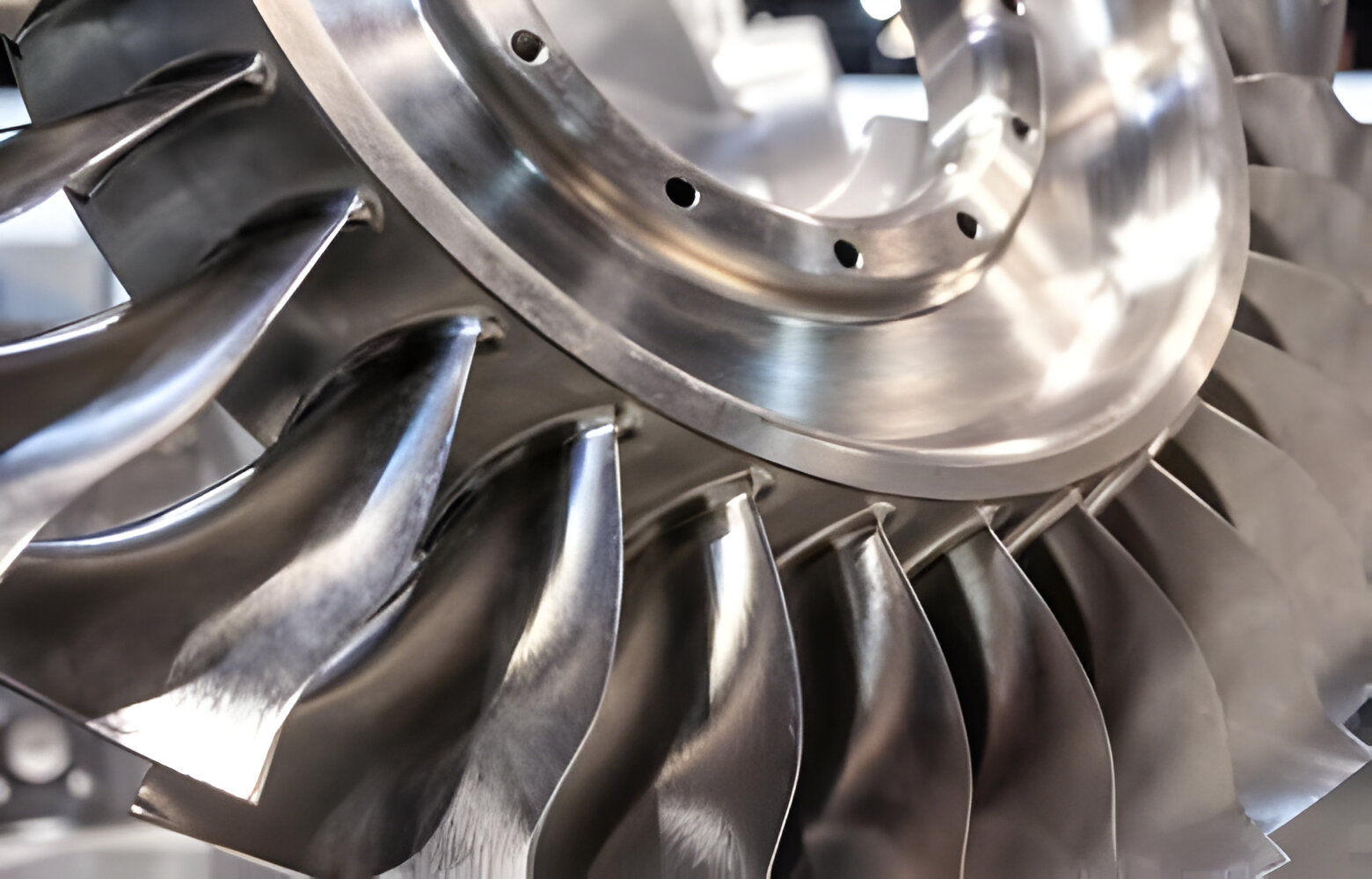Tractors are the backbone of modern agriculture, handling a wide range of tasks from plowing fields to hauling heavy loads. To optimize their performance and stability, tractor operators often rely on various ballast weights. These weights, whether in the form of compact tractor counterweights, suitcase weights, or front ballast weights, play a crucial role in balancing the tractor and ensuring safe operation across different terrains and tasks.
- Understanding the Importance of Tractor Ballast Weights
Tractor ballast weights serve multiple purposes, primarily enhancing stability and traction. When operating heavy implements such as plows or tillers, the added weight helps to keep the tractor grounded and prevents wheel slippage. Moreover, ballast weights improve overall control and maneuverability, especially on sloped or uneven terrain.
For compact tractors, counterweights are essential for maintaining balance, especially when lifting heavy loads with front-end loaders. These counterweights, strategically positioned to offset the weight of the loader and attachments, prevent the tractor from tipping forward, ensuring operator safety and equipment longevity.
- Choosing the Right Ballast Weight for Your Tractor
Selecting the appropriate ballast weight depends on several factors, including the tractor's size, horsepower, and intended use. Tractor counterweights come in various forms, from traditional suitcase weights to specialized front ballast options.
For compact tractors, suitcase weights are a popular choice due to their versatility and ease of installation. These weights, typically made of cast iron for durability, can be stacked or rearranged based on the specific weight distribution needed for different tasks. Additionally, suitcase weights are compatible with most tractor models, making them a convenient solution for farmers and landscapers alike.
In contrast, front ballast weights are specifically designed to attach to the front of the tractor, typically using a bracket or mounting system. These weights offer targeted support to the front axle, improving stability during front-end loader operations and reducing the risk of tipping.
- Maximizing Efficiency with Tractor Ballast Weights
By strategically distributing weight across the tractor, operators can achieve optimal performance and fuel efficiency. Properly balanced tractors experience less wheel slippage, reducing fuel consumption and minimizing soil compaction—a crucial consideration for sustainable farming practices.
Moreover, ballast weights enable tractors to handle a wider range of implements and attachments, from rotary mowers to seed spreaders. Whether you're tilling soil or clearing snow, having the right amount of ballast ensures consistent performance and minimizes wear and tear on both the tractor and implements.
In addition to enhancing tractor functionality, ballast weights also contribute to operator comfort and safety. A well-balanced tractor is easier to control, reducing operator fatigue during long hours in the field. Furthermore, by minimizing the risk of tipping or loss of control, ballast weights help prevent accidents and injuries, prioritizing both productivity and personnel well-being.





